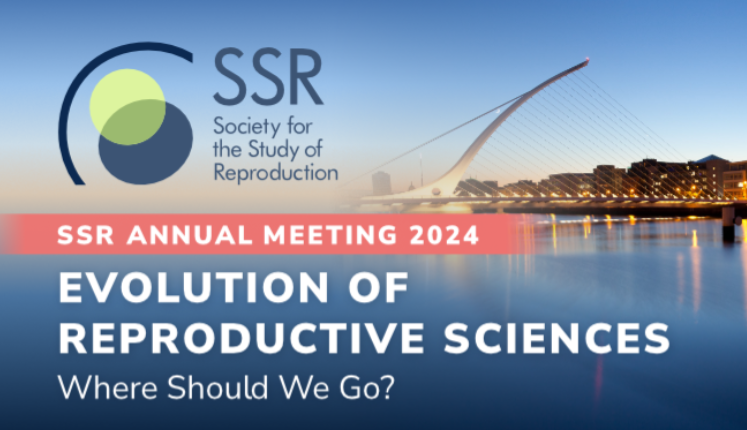It has long been appreciated that the transcriptome of spermatogenic cells is exquisitely regulated during the sequential progression from spermatogonial stem cell to mature spermatozoa, but few studies to date have systematically investigated this regulation. Indeed, the male germ cell appears to establish particularly complex patterns of transcriptional and post-transcriptional regulation that extends to many levels of the mRNA life cycle, including testis-specific transcription; alternative splicing, poly-adenylation and use of 3′ untranslated regions (3′UTR); and the deposition of methylation marks on RNA (known as epitranscriptomic regulation). Importantly, all these levels of RNA metabolism share one alarming feature relating to male fertility: human variants in the genes regulating each of these steps are associated with aberrant sperm morphology and infertility in mice and in men. These observations demonstrate that stringent regulation of gene expression throughout spermatogenesis is critical for the production of healthy spermatozoa. With funding from the NICHD, CoRe members are engaged in collaborative studies to define how transcriptional, post-transcriptional, and epitranscriptomic control of spermatogenesis is achieved and coordinated to produce a defined pattern of gene expression, at the same time ensuring appropriate chromatin compaction events during spermiogenesis. This research includes a strong translational focus to ask how we can use the basic biology to define new benchmarks and criteria by which to judge the fertilization potential of sperm from men with a high rate of sperm morphological abnormalities.



